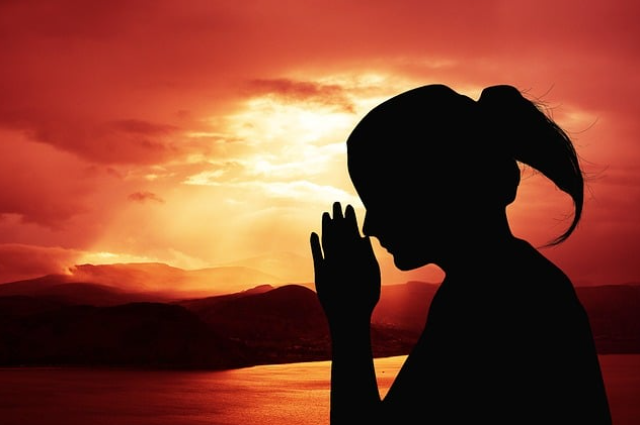
In a quiet town nestled between mountains, there lived a spirited girl named Leela. From the moment she could toddle, Leela felt an innate pull toward the extraordinary—a yearning to rise beyond the confines of her small world. Her wings weren’t made of feathers butut of dance. With every leap and spin, she seemed to defy gravity, her movements bursting with joy and life.
Leela’s talent was undeniable. At festivals and gatherings, she captivated audiences, her performances transcending mere entertainment. Dance wasn’t just a passion; it was her freedom, her language, and her way of touching the heavens. But in the small, hardworking town, dreams like hers often seemed far-fetched. Her parents, Anaya and Raj, loved her deeply but struggled to grasp her aspirations. Anaya, once a dreamer herself, had been worn down by life’s grind. Raj, exhausted from long hours at the iron foundry, worried more about putting food on the table than far-off ambitions.
Yet Leela dreamed. She imagined performing on grand stages far beyond the mountains, where her art could speak to the world. The fire inside her burned brightly until one rainy evening when fate intervened.
After a local performance, Leela hurried home through the forest. The rain had come suddenly, slicking the dirt paths. As she rounded a bend, her foot slipped, sending her tumbling down a steep embankment. She hit the rocks below, pain exploding through her body. Even before she lost consciousness, she knew something was wrong.
When she woke in the hospital, the sterile white walls and sharp scent of antiseptic were suffocating. Her legs were in heavy casts, but worse than the physical pain were the doctor’s words: “Leela, your spine is severely damaged. We did everything we could, but... you won’t walk again.”
Her world shattered.
Dance wasn’t just movement; it was her essence. Without it, who was she? Her parents, devastated, tried to console her, but their words felt hollow. Leela didn’t cry or scream. She simply retreated into herself, her dreams slipping away like water through her fingers.
Back home, her wheelchair became her prison. She spent days staring out the window at the mountains that had once inspired her, now feeling like insurmountable barriers. The anklets that once adorned her dancing feet lay untouched in a drawer, their bells silent. Raj and Anaya watched helplessly, unable to rekindle the spark in their daughter’s eyes.
Then, one quiet afternoon, a letter arrived. The envelope was unassuming, the handwriting uneven and childlike. Inside, the note read:
“I saw you dance at the festival. You made me feel like I could fly. I wanted to dance too, but I couldn’t. I lost my leg when I was little. But when I saw you, I thought maybe I could still try. Thank you for showing me the sky.”
Leela held the letter in her trembling hands. A child, burdened by their loss, had found hope in her. The words stirred something deep within her—a flicker of the fire she thought had died. She realized she had been consumed by what she had lost, blind to what she still had: her heart, her mind, her soul. They weren’t broken. They could still create.
That evening, Leela wheeled herself into the living room. Her voice, soft but resolute, broke the heavy silence. “I want to dance again,” she said. “Not the way I used to, but in a new way.”
Anaya’s eyes filled with tears of hope. Raj nodded, his quiet strength steadying them all.
Leela began her new journey. She learned to tell stories through her hands, her face, and the movements of her wheelchair. She adorned her wrists with bells and discovered ways to express emotion that transcended the limitations of her body. It was a difficult path, but with every small victory, her spirit grew stronger.
Months later, the town gathered for her first performance since the accident. As the lights dimmed, Leela wheeled herself onto the stage, her heart pounding. The music began, and she let herself flow with it. Her arms painted pictures in the air, her face conveyed raw emotion, and the bells on her wrists rang with a familiar, bittersweet melody. Her performance spoke of loss, resilience, and the unyielding human spirit.
When she finished, the audience erupted in applause, tears streaming down many faces. They weren’t just celebrating her artistry—they were honoring her courage.
Leela’s journey didn’t end there. She became a symbol of strength and perseverance, dancing on stages far beyond her little town. She showed the world that even when life takes something precious, it cannot extinguish your light. Through her art, she continued to inspire others to reach for the sky, no matter their circumstances.
And as Leela looked out at her audience, she smiled. She had found her way back to the sky, not by leaping or spinning, but by soaring with her unbreakable spirit.'
